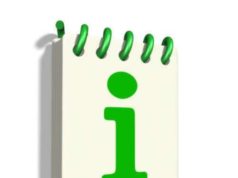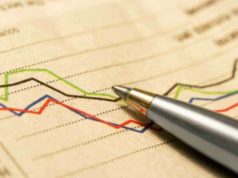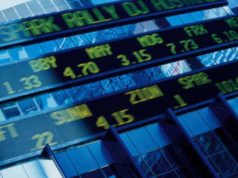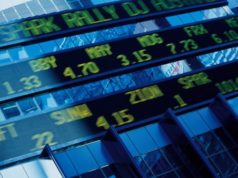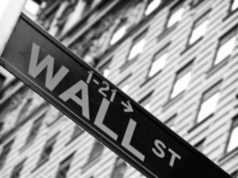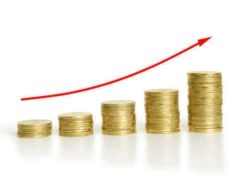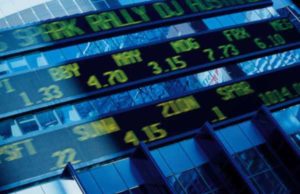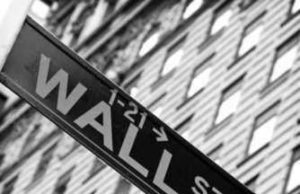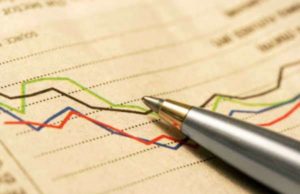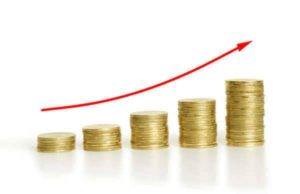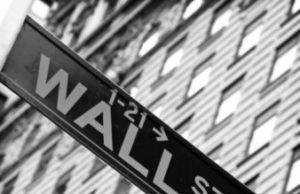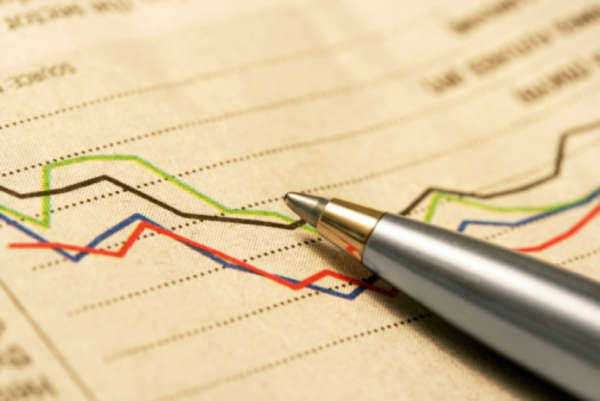 What is the Bombay Stock Exchange?
What is the Bombay Stock Exchange?
The Bombay Stock Exchange is the oldest stock market in Asia and is located on Dalal Street in Mumbai, India. The total equity market capitalization of the companies listed on the Bombay Stock Exchange is $1.63 trillion American dollars, making it the 4th largest stock exchange in Asia and the 9th largest in the world. The Bombay Stock Exchange has the largest number of publicly traded companies in the world and is often cited as one of the best performing stock markets.
As of January 2011, there are roughly 5,040 listed Indian companies that trade on the Bombay Stock Exchange. As a result of this figure, the market possesses a significant trading volume.
The BSE SENSEX is the premiere index in India and Asia; similar to the Dow Jones Industrial Average the index is comprised of 30 component stocks which represent individual companies that hold a dominating market presence in various sectors.
Dissimilar to the New York Stock Exchange or NASDAQ, the Bombay Stock Exchange possesses a stringent time schedule that incorporates various sessions.
The hours of operation for the Bombay Stock Exchange are listed below:
Beginning of the Day Trading Session: 8:00-9:00 Am locally
Pre-open Trading Session: 9:00-9:15 Am locally
Trading Session: 9:15-15:30 locally
Position Transfer Session: 15:30-15:50 locally
Closing Session: 15:50-16:05 locally
Option Exercise Session: 16:05-16:35 locally
Margin Session: 16:35-16:50
Query Session: 16:50-17:35
End of Day Session: 17:30-
The hours of operation for the Bombay Stock Exchange are relevant for all days of the week except Saturdays, with the exception of Sundays and holidays declared by the Exchange in advance.
The Bombay Stock Exchange can be first traced back to the early 1850s, when groups of stockbrokers would gather under trees in front of Mumbai’s town hall. As the number of brokers increased, the market became an official organization known as ‘The Native Share & Stock Brokers Association.”
In 1956, the Bombay Stock Exchange became the first stock market to be legally recognized by India’s National Government under the Securities Contracts Regulation Act. Following this formal classification, the Bombay Stock Exchange developed the SENSEX in 1986, to distribute a means to measure the markets overall growth and performance.
Historically, the Bombay Stock Exchange was an open outcry auction trading floor, however, through advancements in computer technologies, the Bombay Stock Exchange transformed to an electronically trading system in 1995.


